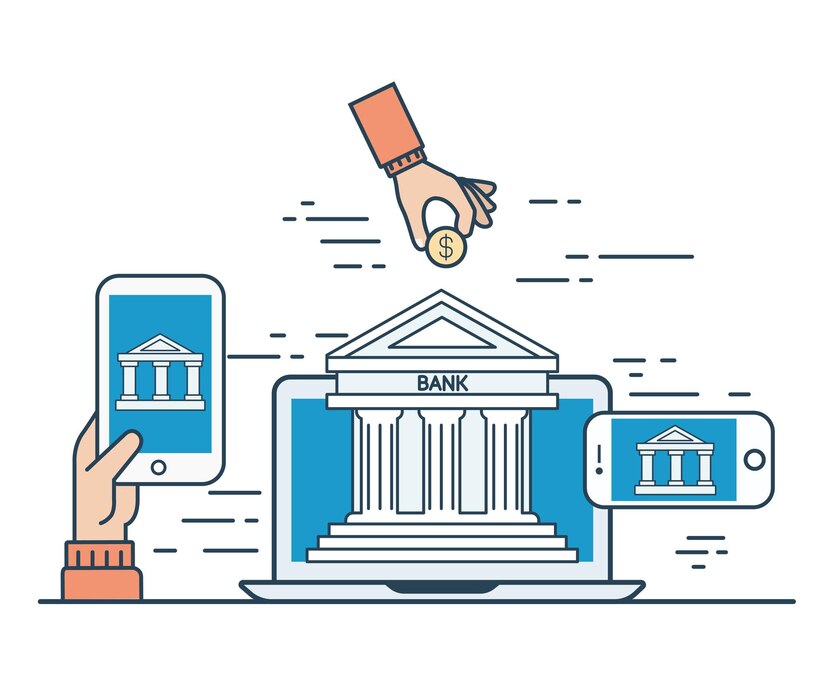When it comes to borrowing money, understanding the type of loan you are getting is crucial. In India, two common types of loans are subsidized and unsubsidized loans. Both have distinct features, advantages, and eligibility criteria. This blog will delve into the differences between these two types of loans, helping you make informed financial decisions.
Looking to get a personal loan on your terms and conditions? Apply for an instant loan from Airtel Finance and get the best features, via the Airtel Thanks app!
What are Subsidized Loans?
Subsidized loans are a type of loan where the interest is either fully or partially paid by the government or another entity on behalf of the borrower for a specified period. These loans aim to make borrowing more affordable and are typically offered in sectors like education, agriculture, and small businesses.
Read more: How to get a personal loan with a low CIBIL score?
Features of Subsidized Loans
- Interest Payment:
The government or another entity covers the interest during a specific period, such as the duration of an educational course or the initial years of a business loan.
- Eligibility:
Usually targeted at specific groups like students from economically weaker sections, small and marginal farmers, and micro, small, and medium enterprises (MSMEs).
- Loan Purpose:
Designed for specific purposes like education, agricultural activities, and business growth.
- Lower Financial Burden:
The borrower benefits from reduced financial strain during the subsidized period, making it easier to manage other financial obligations.
Read more: Top 7 Benefits of Personal Loan You Must Know
What are Unsubsidized Loans?
Unsubsidized loans, on the other hand, require the borrower to pay the full interest from the time the loan is disbursed. These loans are more straightforward but can be more costly in the long run due to the continuous accrual of interest.
Features of Unsubsidized Loans
- Interest Payment:
The borrower is responsible for paying all the interest that accrues on the loan from the time it is taken out until it is fully repaid.
- Eligibility:
Generally available to a broader audience without specific loan eligibility criteria based on income or sector.
- Loan Purpose:
Can be used for various purposes, including personal needs, education, and business, without specific targeting.
- Higher Financial Burden:
The borrower must manage both principal and interest payments from the beginning, which can be financially demanding.
Key Differences Between Subsidized and Unsubsidized Loans
1. Interest Payments
- Subsidized Loans:
Interest is paid by the government for subsidized loans or another entity for a specified period. For example, in educational loans under the Central Sector Interest Subsidy Scheme (CSIS), the government pays the interest during the moratorium period.
- Unsubsidized Loans:
The borrower pays the interest from the time the loan is disbursed. This means that interest accrues from day one, adding to the overall cost of the loan.
2. Eligibility Criteria
- Subsidized Loans:
Typically have stringent eligibility requirements. For instance, educational subsidies often target students from economically weaker sections, and agricultural subsidies are aimed at small and marginal farmers.
- Unsubsidized Loans:
Generally have broader eligibility criteria, making them accessible to a wider audience without specific income or sector requirements.
3. Financial Burden
- Subsidized Loans:
Reduced financial burden during the subsidized period as the interest is covered, making it easier for borrowers to manage their finances.
- Unsubsidized Loans:
Higher financial burden as borrowers must pay interest throughout the loan term, leading to higher overall costs.
4. Loan Purpose and Utilization
- Subsidized Loans:
Designed for specific purposes like promoting education, supporting agriculture, and fostering small business growth. They often come with guidelines on how the funds should be utilized.
- Unsubsidized Loans:
Can be used for a wide range of purposes, offering more flexibility in terms of utilization but without the targeted benefits of subsidized loans.
Read more: Mini Loans or Small Personal Loans: All You Need to Know
Examples in India
Educational Loans
- Subsidized:
Under the Central Sector Interest Subsidy Scheme (CSIS), students from economically weaker sections receive interest subsidies on educational loans during the moratorium period.
- Unsubsidized:
Regular educational loans where the student is responsible for paying the interest from the time of disbursement, even during the study period.
Agricultural Loans
- Subsidized:
The Kisan Credit Card (KCC) scheme provides interest subsidies to farmers, making borrowing more affordable for crop production and allied activities.
- Unsubsidized:
Standard agricultural loans where farmers pay the full interest from the start, increasing their financial load.
Business Loans
- Subsidized:
The Prime Minister’s Employment Generation Programme (PMEGP) offers subsidized loans to micro, small, and medium enterprises (MSMEs) to promote entrepreneurship.
- Unsubsidized:
Regular business loans are available from banks and financial institutions without any interest subsidy, meaning entrepreneurs must manage higher repayments.
Read more: Kisan Credit Card interest rates for all banks
Understanding the differences between subsidized and unsubsidized loans is crucial for making informed financial decisions. Subsidized loans offer significant benefits in terms of a reduced financial burden and targeted support for specific sectors, but come with stringent eligibility criteria and are limited in scope. Unsubsidized loans, while more expensive in the long run, offer greater flexibility and broader accessibility.
By carefully considering your financial situation, eligibility, and the purpose of the loan, you can choose the type of loan that best suits your needs and helps you achieve your financial goals.
FAQs
- What is a Subsidized Loan? A Subsidized Loan is a federal student loan where the government pays the interest while the borrower is in school at least half-time, during grace periods, and deferment periods based on financial need.
- What is an Unsubsidized Loan? An Unsubsidized Loan is a federal student loan where the borrower is responsible for paying all interest accrued from the date of disbursement, regardless of financial need.
- How does interest work on Subsidized Loans? Interest on Subsidized Loans is paid by the government during specific periods, reducing the overall cost of borrowing for the borrower.
How does interest work on Unsubsidized Loans? Interest on Unsubsidized Loans accrues from the date of disbursement and can be capitalized (added to the principal balance), increasing the total amount repaid over time.


 Get App
Get App  Airtel Store
Airtel Store  Login
Login 


